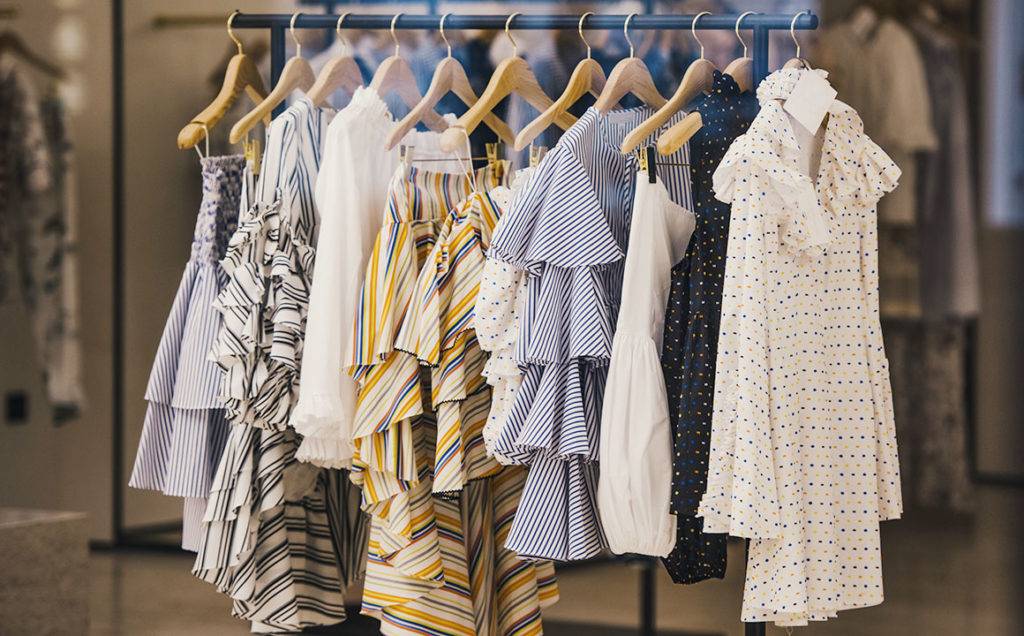The Conscious Shopper’s Path to Affordable Fashion Brilliance

More people are waking up to the pressing need for sustainable and ethically produced goods. This holds particularly true in the realm of fashion, an industry notorious for its environmental footprint and questionable labor practices. But can affordability and sustainability coexist in this domain? Absolutely!
Welcome to your guide on becoming a conscious shopper, where you’ll discover that ethical fashion doesn’t have to break the bank. Let’s embark on a journey towards affordable fashion brilliance, without compromising on our planet or its people.
Define your fashion needs and goals
As with any shopping experience, you must be clear on what you actually need and want. Do you need professional attire for work? Are you a busy mom who needs comfortable yet stylish clothing to chase after the little ones? Maybe you’re a fashion enthusiast who enjoys experimenting with different styles and looks. Whatever your needs may be, defining them will help you make more conscious and informed choices.
Once you’ve established your needs, set some goals for yourself. This could be a budget goal, a sustainability goal, or both. For example, you decide that you want to spend no more than $50 on a new dress made from sustainable materials. Or perhaps you want to only purchase from brands that have a transparent supply chain and fair labor practices.
Shop smartly and responsibly
Now that you know what you need and want, it’s time to start shopping. But before you head to the nearest mall or browse online, there are a few things to keep in mind. First and foremost, research brands and their practices before making a purchase. Look for certifications such as Fair Trade or Global Organic Textile Standard (GOTS) which ensure ethical and sustainable production. You can also check for reviews from other conscious shoppers or consult ethical fashion blogs and websites.
Consider the lifespan of the item you’re purchasing. Investing in high-quality, timeless pieces made from durable materials may cost more upfront but will save you money in the long run as they will last longer. If that piece of clothing is not in your budget, take advantage of coupons & deals or second-hand options. Quality clothing can often be found in thrift stores or online platforms such as Poshmark or Depop.
Repurpose current clothes
Before rushing off to buy new items, take a good hard look at what’s already in your closet. You might be surprised at the gems you find hiding at the back! With a little creativity and imagination, many pieces can be repurposed and given a new lease on life. For instance, an oversized shirt can be transformed into a trendy tunic, a pair of frayed jeans can be cut into chic shorts, or a faded dress can be dyed into a vibrant color.
The internet is brimming with DIY videos and tutorials to guide you through the process. This approach will save you money and reduce the demand for new clothing, thereby mitigating the environmental impact of fashion.
Take care of your clothing
There’s nothing quite like the feeling of slipping into a freshly laundered outfit, but what happens when that feeling fades after just a few wears? Taking care of your clothing is crucial to prolonging its lifespan and reducing the need for frequent replacements. This means following care instructions, washing items less frequently, and using eco-friendly laundry detergents. You can also extend the life of your clothes by making small repairs when needed. Sewing on buttons, fixing a small tear, or replacing a zipper are simple tasks that can save you from having to purchase a new item.
Support ethical brands
When you are consciously supporting ethical brands, you’re not just investing in high-quality, sustainable products but also promoting fair labor practices and environmental responsibility. These brands prioritize transparency, ensuring every step of their supply chain upholds ethical and ecological principles.
Brands like Patagonia, Everlane, and People Tree are fantastic examples of companies making strides in sustainable fashion. On the flip side, research and avoid brands that have a history of exploitation, greenwashing, or human rights violations. Note that each dollar spent is a vote for the kind of world you want to live in. So, choose to support companies and initiatives that align with your values and vision for a sustainable future.
Embrace the swap and borrow culture
The swap-and-borrow culture is a fun and wallet-friendly way to refresh your wardrobe without contributing to fast fashion. Clothes-swapping events are becoming increasingly popular: you bring items you no longer need and swap them for something new to you.
If you can’t find local swap events, there are digital platforms such as Swap Society that facilitate online clothing exchanges. You can also consider borrowing clothes for special one-off events rather than buying something you’ll likely wear only once. Rent the Runway and The Rotation are websites that offer rental services for high-end fashion items. These practices drastically reduce the demand for new clothing production, thereby lessening the environmental impact. Part of being a conscious shopper is changing our mindset about ownership and realizing that we can look fabulous and be fashionable without constantly buying new clothes.

Advocate for policy changes and raise awareness
As a conscious shopper, your impact doesn’t stop at your own wardrobe choices. Advocating for policy changes and raising awareness in your community can bring about wider, systemic change in the fashion industry. Here are some ways to get involved:
- Sign and share petitions calling for fashion brands to improve their sustainability and ethical practices.
- Reach out to your local representatives and urge them to support legislation that promotes sustainable fashion, such as the Garment Worker Protection Act or the Detox Campaign.
- Use social media platforms to educate others about the true cost of fast fashion and promote more ethical alternatives.
- Support organizations and campaigns working towards a more sustainable fashion industry, such as the Fashion Revolution or Clean Clothes Campaign.
Every voice counts in creating a more sustainable and ethical fashion industry. By being a conscious shopper and making informed choices, you are contributing to a better future for our planet and its people. Let’s strive together to transform the fashion industry into a force for good.
Embrace the journey of becoming a conscious shopper with patience and persistence. As we strive for affordable fashion brilliance, keep in mind that the true brilliance lies in contributing to a better future for our planet and its inhabitants. Let’s continue to shop responsibly, advocate for change, and champion sustainable fashion. Together, we can make a meaningful difference!
Share via:





Leave a Comment